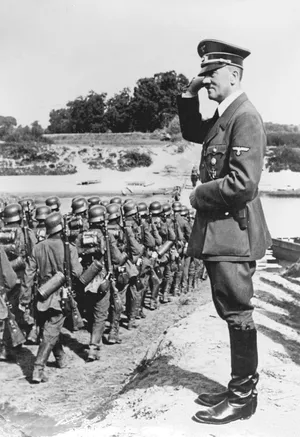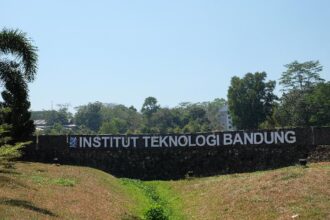JEJAK-SEJARAH In September 1939 the Allies, namely Great Britain, France, and Poland, were together superior in industrial resources, population, and military manpower, but the German military, or Wehrmacht, because of its armament, training, doctrine, discipline, and fighting spirit, was the most efficient and effective fighting force for its size in the world. The index of military strength in September 1939 was the number of divisions that each nation could mobilize. Against Germany’s 100 infantry divisions and six armoured divisions, France had 90 infantry divisions in metropolitan France, Great Britain had 10 infantry divisions, and Poland had 30 infantry divisions, 12 cavalry brigades, and one armoured brigade (Poland had also 30 reserve infantry divisions, but these could not be mobilized quickly). A division contained from 12,000 to 25,000 men.
It was the qualitative superiority of the German infantry divisions and the number of their armoured divisions that made the difference in 1939. The firepower of a German infantry division far exceeded that of a French, British, or Polish division; the standard German division included 442 machine guns, 135 mortars, 72 antitank guns, and 24 howitzers. Allied divisions had a firepower only slightly greater than that of World War I. Germany had six armoured divisions in September 1939; the Allies, though they had a large number of tanks, had no armoured divisions at that time.
The six armoured, or panzer, divisions of the Wehrmacht comprised some 2,400 tanks. And though Germany would subsequently expand its tank forces during the first years of the war, it was not the number of tanks that Germany had (the Allies had almost as many in September 1939) but the fact of their being organized into divisions and operated as such that was to prove decisive. In accordance with the doctrines of General Heinz Guderian, the German tanks were used in massed formations in conjunction with motorized artillery to punch holes in the enemy line and to isolate segments of the enemy, which were then surrounded and captured by motorized German infantry divisions while the tanks ranged forward to repeat the process: deep drives into enemy territory by panzer divisions were thus followed by mechanized infantry and foot soldiers. These tactics were supported by dive bombers that attacked and disrupted the enemy’s supply and communications lines and spread panic and confusion in its rear, thus further paralyzing its defensive capabilities. Mechanization was the key to the German blitzkrieg, or “lightning war,” so named because of the unprecedented speed and mobility that were its salient characteristics. Tested and well-trained in maneuvers, the German panzer divisions constituted a force with no equal in Europe.
The German Air Force, or Luftwaffe, was also the best force of its kind in 1939. It was a ground-cooperation force designed to support the Army, but its planes were superior to nearly all Allied types. In the rearmament period from 1935 to 1939 the production of German combat aircraft steadily mounted. The table shows the production of German aircraft by years.






